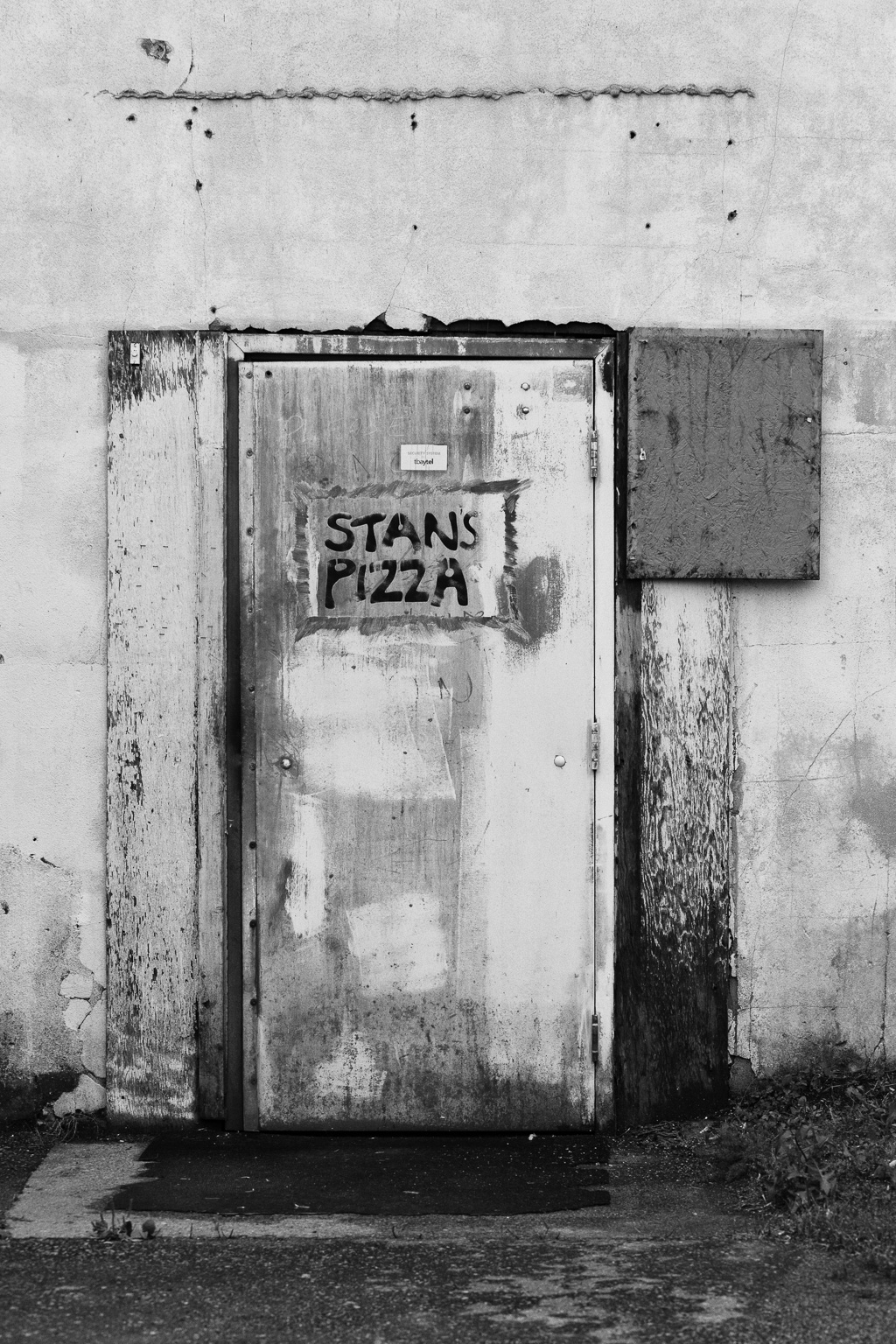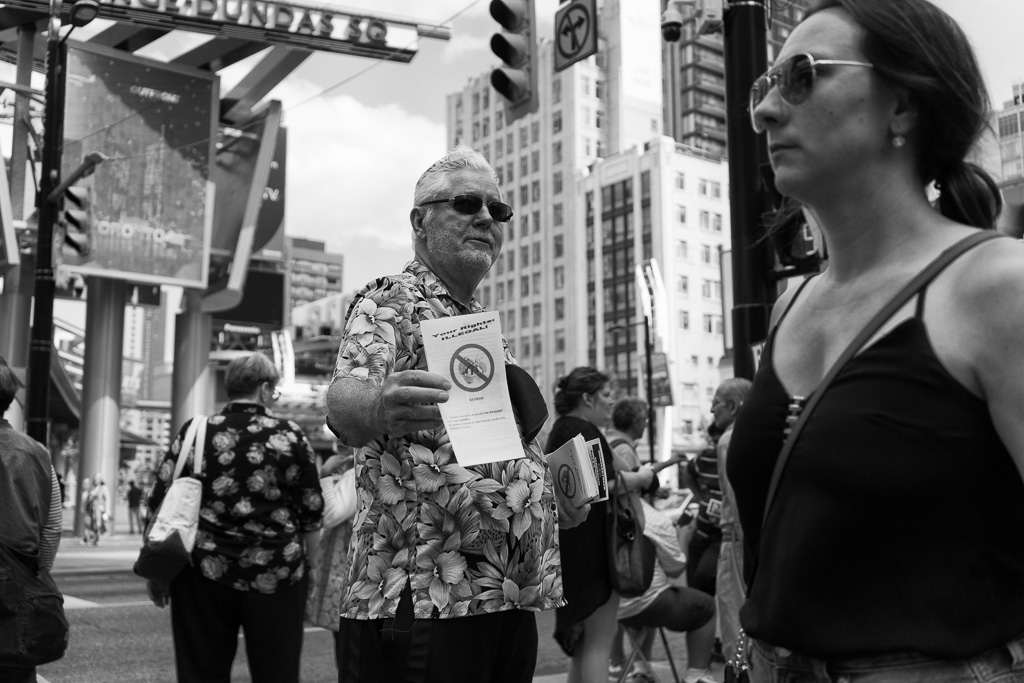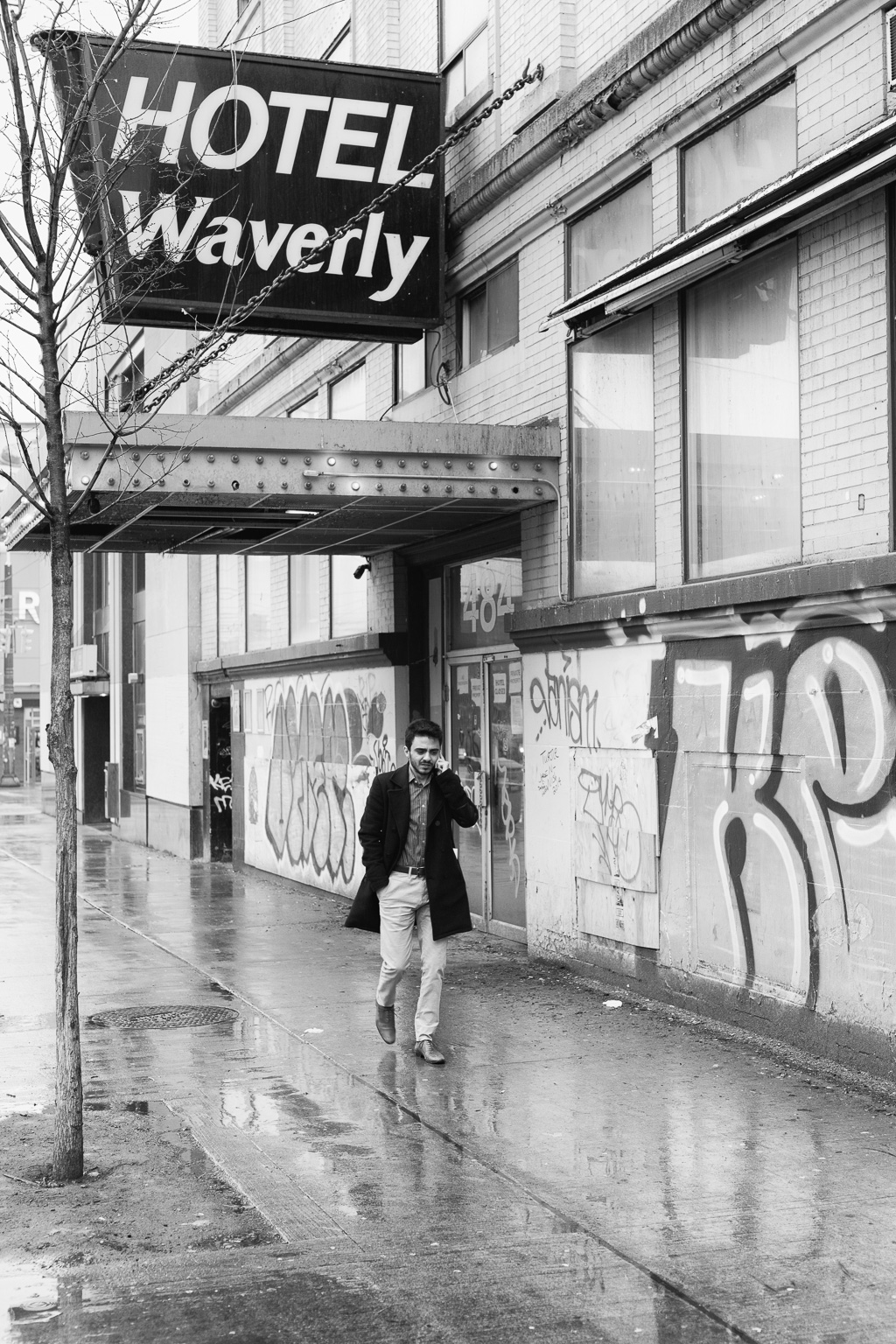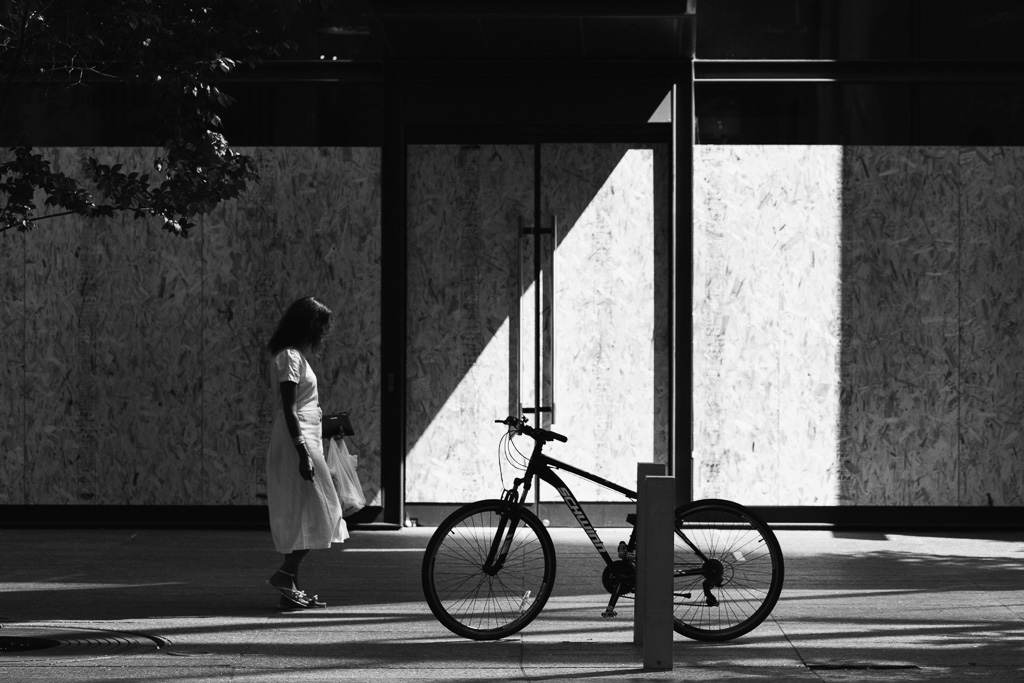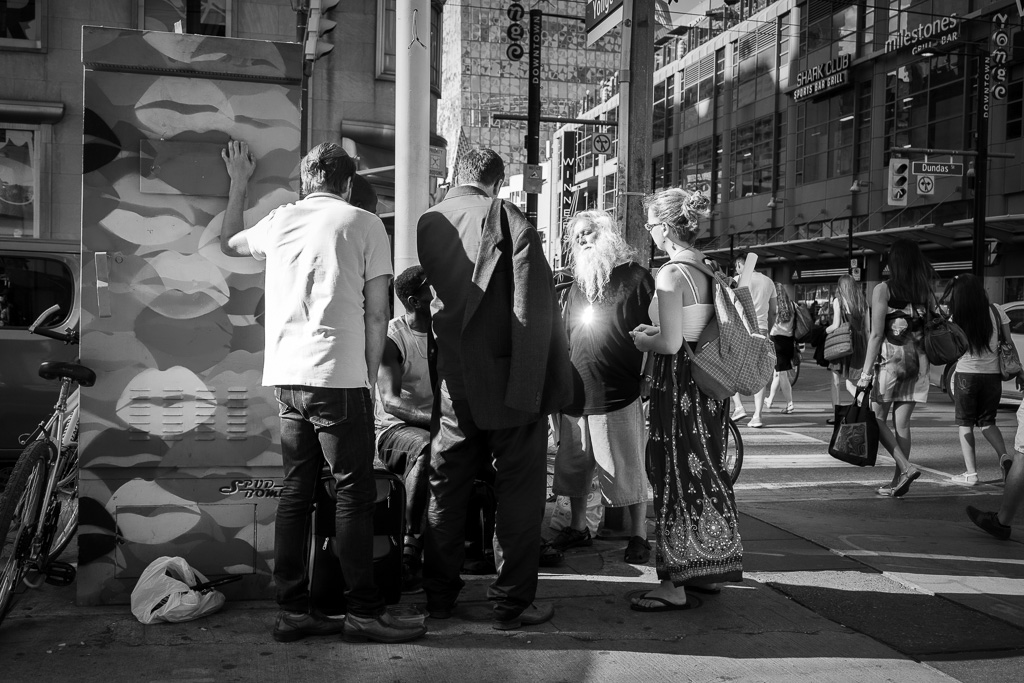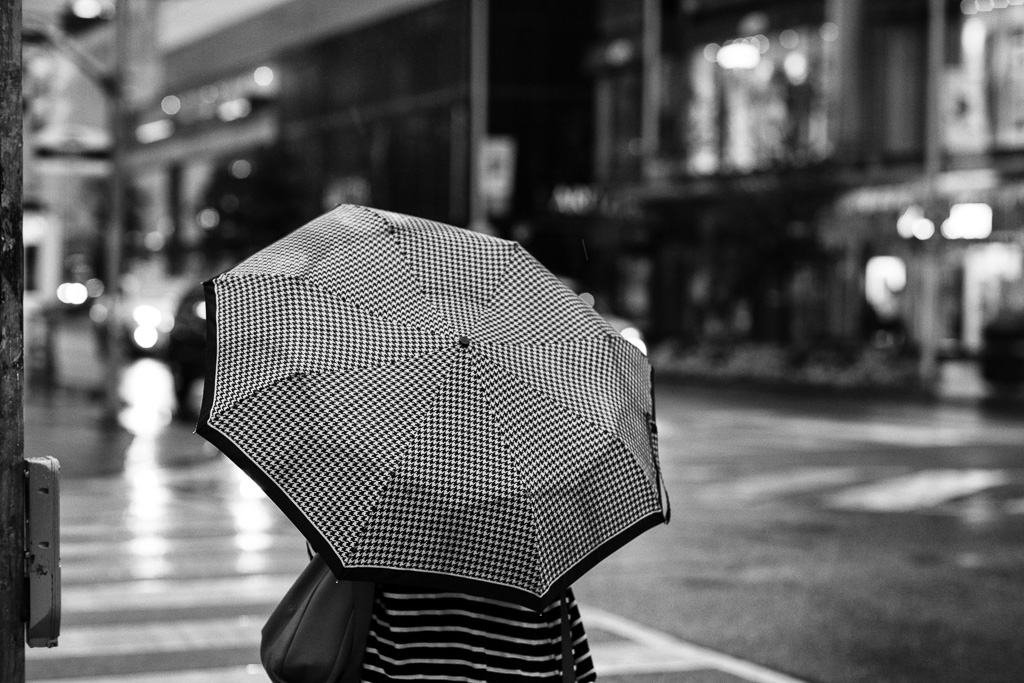Curiosity is a mental posture worth cultivating in the pursuit of street photography. There is something to be said for revisiting the mind of a three year old and asking Why? Why? Why? wherever we turn our gaze.
I’m not a Roman Catholic, but curiosity has led me to delve into Roman Catholic theology. I am particularly taken by the writings of the Jesuit philosopher, Bernard Lonergan, whose monumental work, Insight, rests on a simple observation: all human beings are born with an unrestricted desire to know. Curiosity.
For Lonergan, curiosity is the default condition of human consciousness. At one time or another, virtually all of us stray from that default condition, pulled by what he describes as distortions in our thinking. Many of these distortions happen because of the socializing process we call growing up. Adulthood has many things to commend it, but sometimes its demands can stifle curiosity.
Street photography (or any photography for that matter) can be a wonderful antidote to the dangers of growing up. It stimulates curiosity by encouraging us to look at our world in fresh ways. This is especially important when we encounter people as the subjects of our photographs. Curiosity pushes us to see beyond those habits that distort our seeing, habits like the impulse to judge and the entrenchment of personal bias. Curiosity demands that we see the more that rests inside each person we encounter.
Alongside curiosity, I find a delight in difference. This delight doesn’t find expression in a salacious voyeurism: look at this strangeness I’ve captured. Instead, it’s more an expression of relief. It’s such a relief that people don’t look or think like me. What a dull and narrow world that would be!


